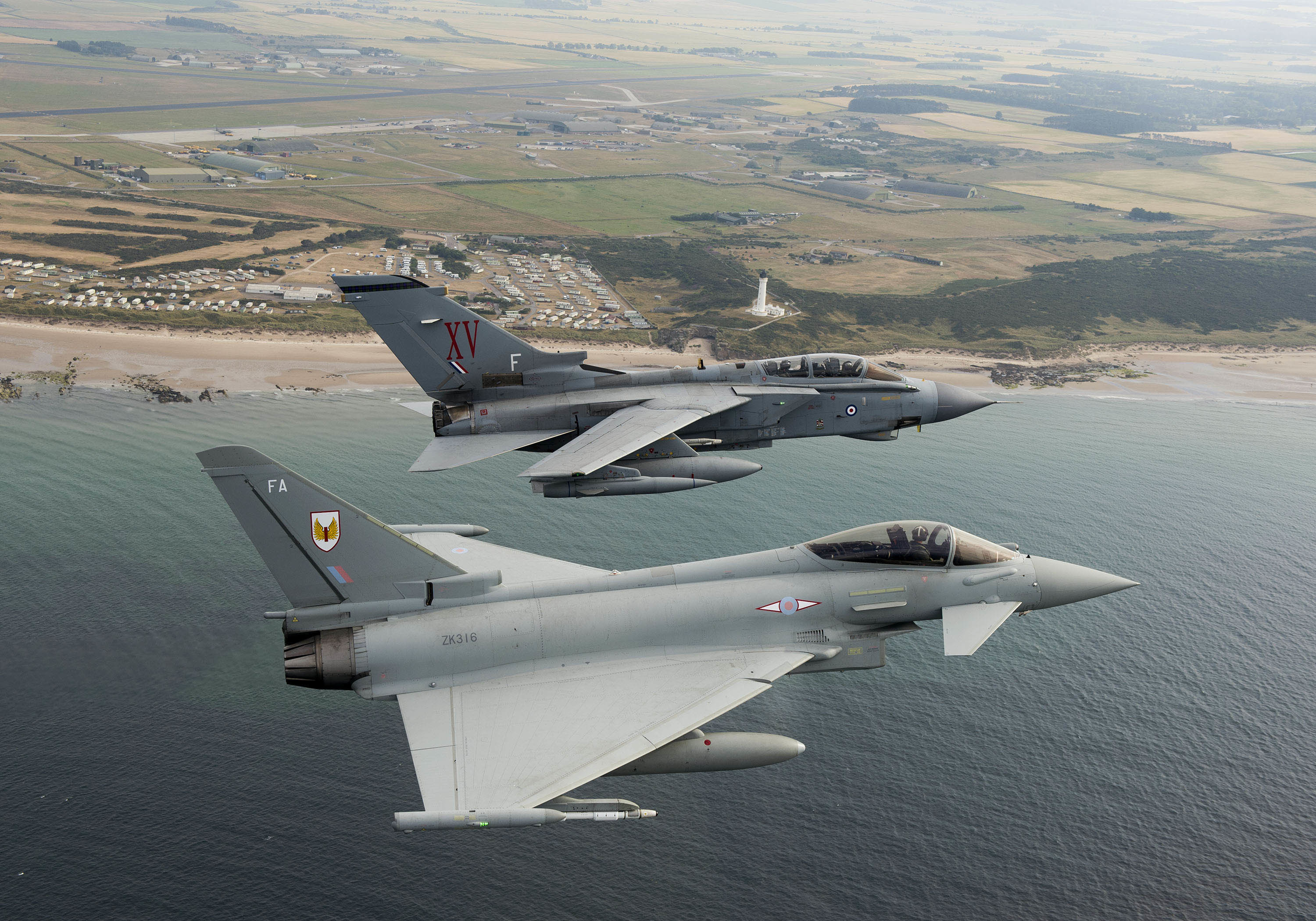The UK Government has confirmed it is to reduce the number of frigates to be built on the Clyde from 13 to eight.
Prime Minister David Cameron said eight Type 26 global combat ships will start to replace their Type 23 predecessors – fewer than the 13 desired by Royal Navy chiefs.
He made the announcement as he set out the Government’s National Security Strategy and Strategic Defence and Security Review at Westminster.
Mr Cameron also revealed a new fleet of nine maritime patrol aircraft will be based in Scotland.
The new Boeing P8 aircraft, fitted with a range of sensors to hunt enemy submarines and ships and able to carry torpedoes, will be based at RAF Lossiemouth in Moray.
They will fill a gap left by the 2010 decision to scrap a new generation of Nimrod aircraft.
The Prime Minister also announced plans to design and build a new class of lighter, flexible frigates in addition to the Type 26, so that by the 2030s the UK can further increase the total number of frigates and destroyers.
These “general purpose” frigates are also likely to offer increased export potential, bringing the prospect of further shipbuilding work for the Clyde, according to the defence review document.
Prior to the announcement, the SNP expressed “deep concern” about a reduction in the number of frigates to be built and the impact on shipbuilding jobs.
Trade union GMB Scotland welcomed the news, stating that it would secure employment.
Jim Moohan, the union’s senior organiser and chair of the Confederation of Shipbuilding and Engineering Unions said: “Once again this is great news for Clydeside, which has been rewarded for its continuing quality of work produced by the skills and experience heavily invested in by BAE Systems.
“Instead of the peaks and troughs which caused redundancies in the past, we now have continuity.
“This should be welcomed and not used for political mischief by those who have no knowledge in this area of industry and whose vision going forward was a dated Type 42 Destroyer to be the sole protection for Scottish waters in the event that the referendum question had answered Yes.”
Commenting on the P8 aircraft announcement, leader of Moray Council Stewart Cree said: “I’m delighted to hear that the military presence in Moray is to be strengthened.
“We argued and campaigned vociferously against the closure of RAF Kinloss and were deeply disappointed when the decision to scrap the Nimrod fleet was announced.
“In the changing global situation, the re-establishment of a maritime surveillance and patrol facility here on the Moray coastline makes perfect sense.”
